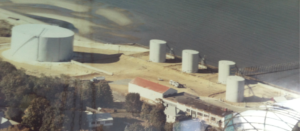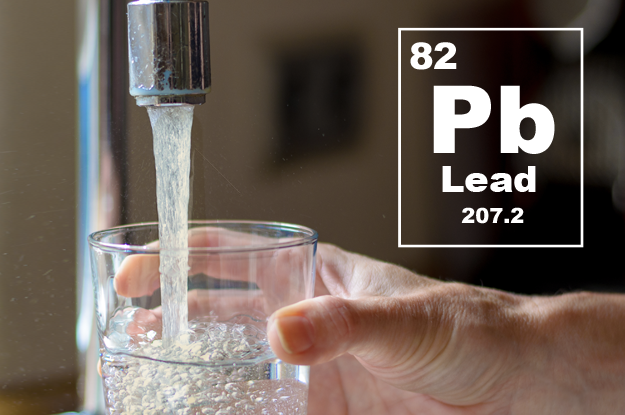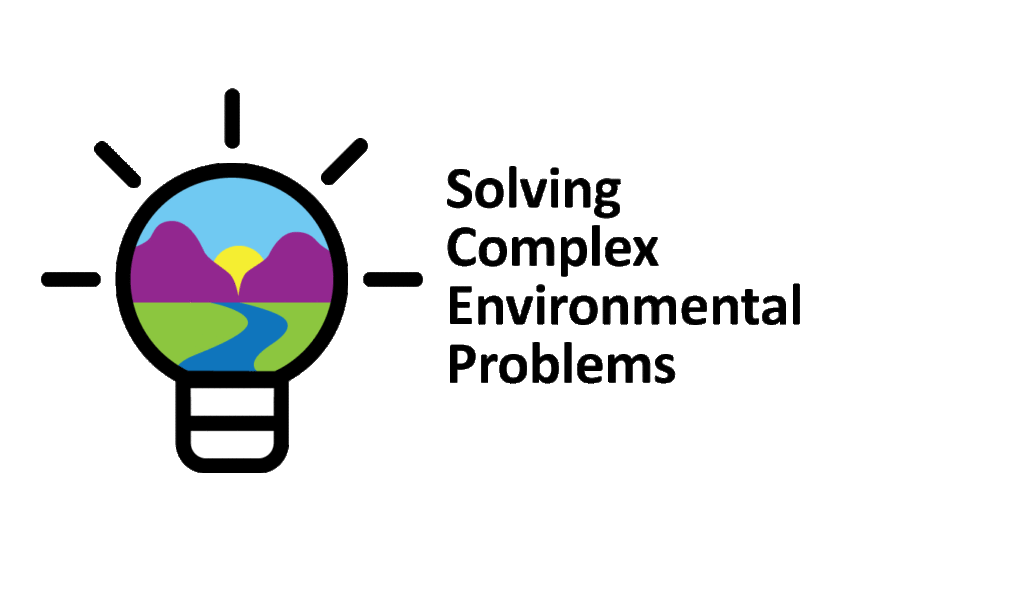Extreme weather has an out-sized impact on petrochemical industries, in part because many are located along coastal and inland waterways. One aspect of this impact is an increased frequency of spills due to natural hazards in recent decades.

In the analysis of federally reported releases presented, natural hazards are the underlying cause of between 1 and 7 percent of spills each year. Releases caused by natural hazards have increased sharply, in large part due to increased damage from hurricanes as well as floods and wind. Inter annual variability and trends over time for these spills generally match reported variation in extreme weather and associated climate indexes. For example, releases caused by floods in the last five years were approximately 50 percent greater than in the early 1990s and this increase is correlated with similar increases in extreme precipitation both nationally and for select US regions.
Although many releases caused by natural hazards are minor, some are large and expensive. Centralized records on the impacts of these events is imperfect, but federal records identify at least 180 evacuation events, 84 injuries and two deaths along with release of 11 million gallons of petroleum, 1.5 million gallons and 16 million pounds of chemicals and $32 million in damages. These values vastly underestimate actual impacts but serve to document that impacts have increased over time.
Predicted increases in the incidence of extreme weather in the future suggest that these types of releases will continue to multiply resulting in an increased potential for serious human and environmental impacts. Greater attention to management of natural hazard risk to industry, and in particularly to bulk storage facilities, is required to manage the frequency and severity of these events and this work can inform that effort.






